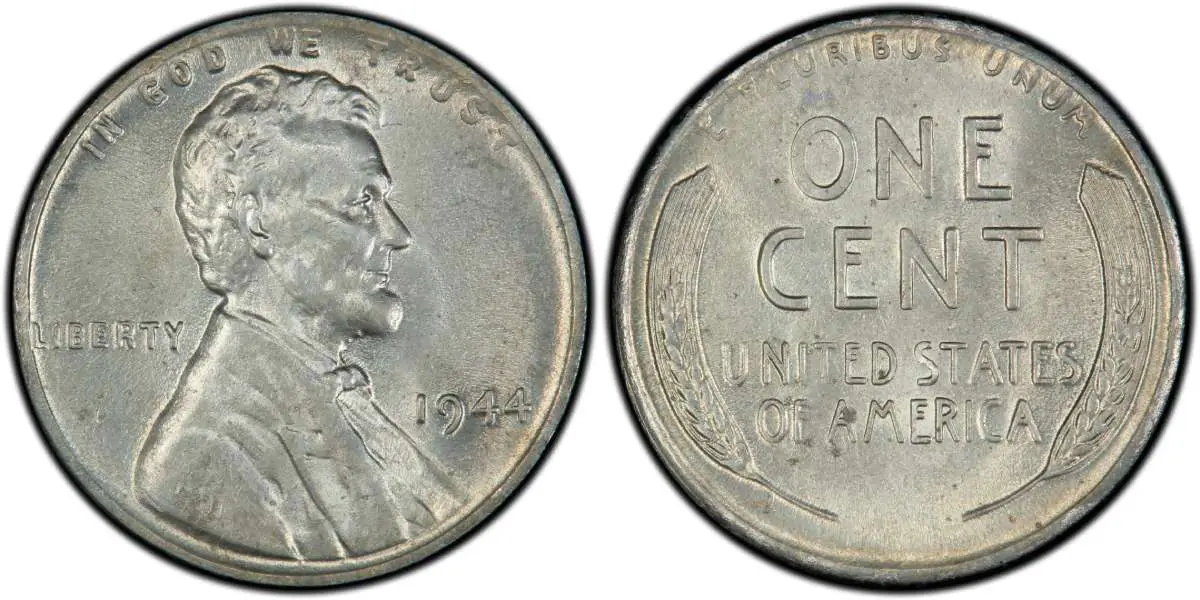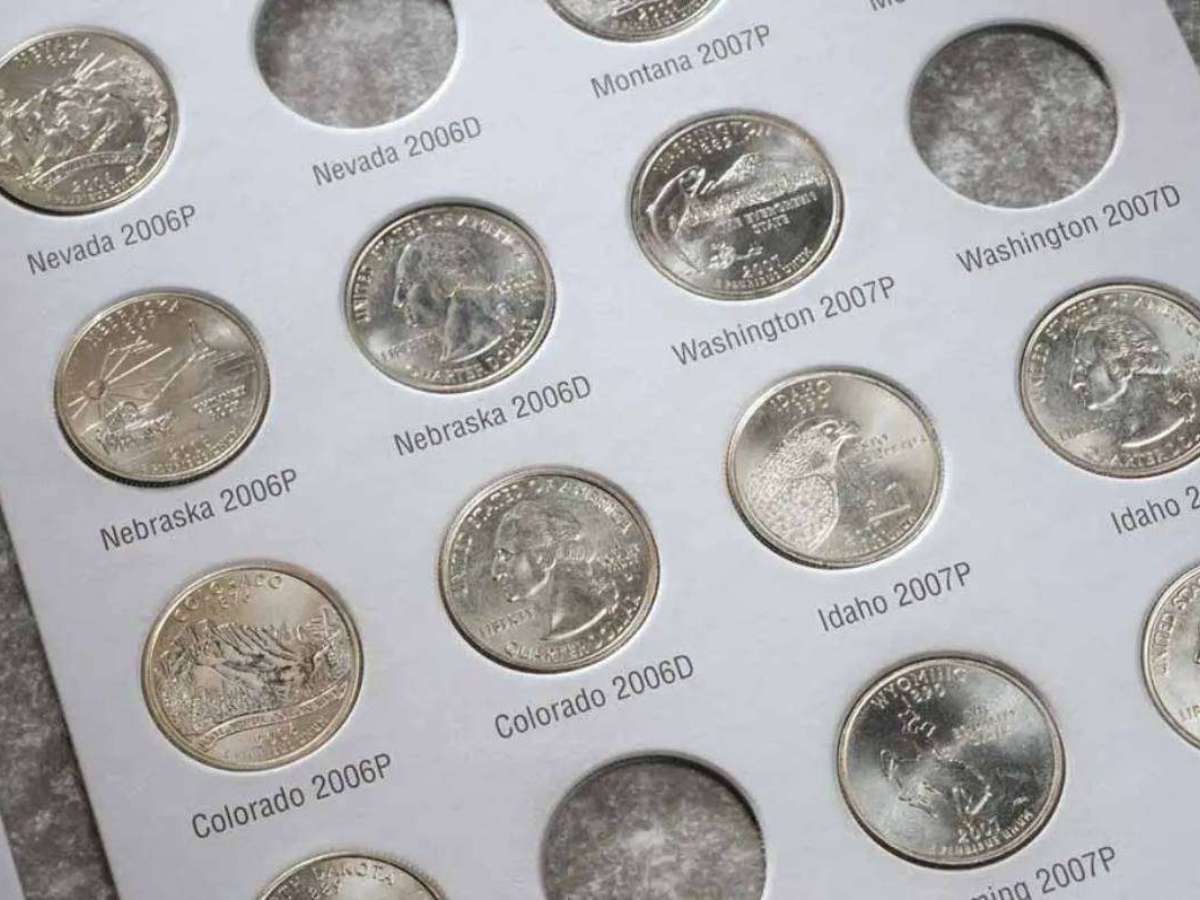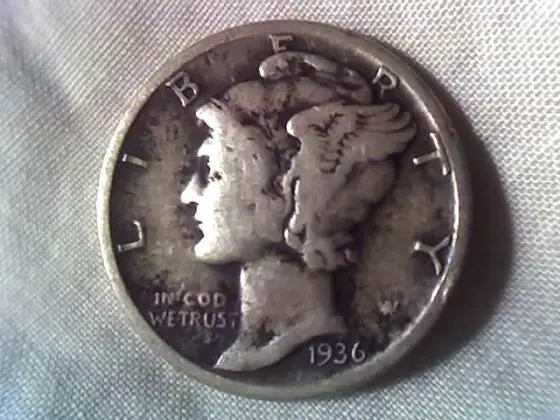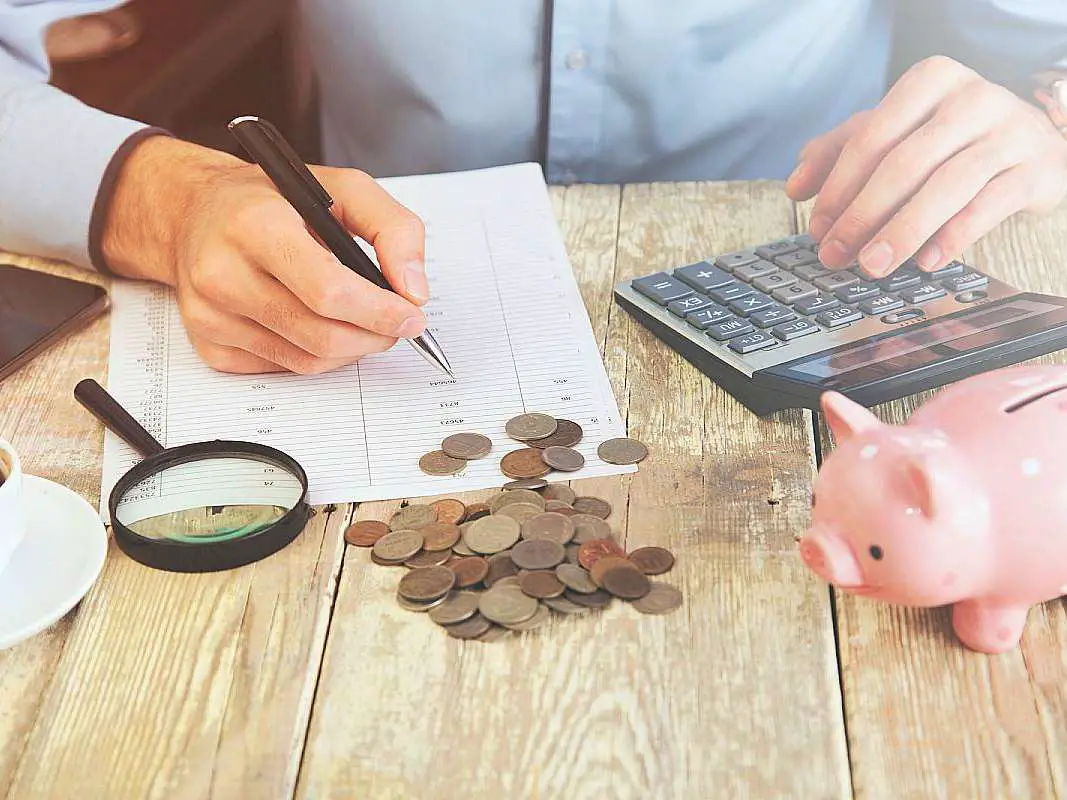If you collect coins, then you already know about the 1943 steel Lincoln cent.
But, what about the 1944 steel penny?
While the U.S. Mint struck more than a billion steel pennies in 1943, about 35 examples of the zinc-coated steel cent are known to have been inadvertently struck bearing the date 1944 — making it one of the rarest Lincoln pennies ever made!

Why Were Some 1944 Pennies Struck In Steel?
A popular theory is that some steel coin blanks (or planchets) were left in the hoppers and accidentally distributed.
Another possibility is that some planchets for Belgian two-franc coins (which the Philadelphia mint briefly made for the European nation) were accidentally struck with the Lincoln cent dies.
While it will probably always remain unknown exactly what caused the 1944 silver penny, as some call it, what we do know is this…
The 1944 steel penny has just about as much interest swirling around it as does the 1943 copper penny — an error coin of the opposite kind. In this case, brass Lincoln cent planchets from 1942 likely remained in the coin hoppers and were fed down the line to be stamped with 1943 Lincoln cent dies!
Here is one man’s story about finding a 1944 steel penny in circulation.
How Much Are 1943 Copper Pennies And 1944 Steel Pennies Worth?
As a result, both the 1943 copper Lincoln cent and 1944 steel Lincoln cent are worth an incredible amount of money because they’re so rare.
They’re worth far more than the famous 1909-S VDB penny – the rarest regular-issue Lincoln cent!
Here’s how much these two rare coins are worth today:
- The 1944 steel penny — depending on its condition, this coin is worth between $85,000 and $110,000.
- The 1943 copper penny — with approximately 20 to 40 made and only 12 known to exist today, this coin can command a price of around $150,000 to $200,000.
How To Spot Counterfeits
Of course, when a penny is worth more than $85,000, you’d expect a few counterfeit examples to be floating around out there.
In fact, there are thousands of counterfeit 1943 copper pennies and 1944 steel pennies floating around!
The trick is knowing how to spot them.
What to look for on 1944 steel pennies…
It would be relatively easy for an unscrupulous person to simply tinker with the last digit of the date on a typical 1943 steel cent. They could even scrape away the “3” and implant a zinc-coated “4” that was removed from a 1944 copper cent.
There are also countless 1944 copper pennies that have been covered in zinc plating. But, as you might have guessed, there would be a great weight discrepancy between a steel cent and its heavier sibling, the copper cent. In fact, there’s about a half-gram difference, which is easily measurable on a coin scale.
Also, steel cents are by their very metallic nature magnetic. So a 1944 penny that appears to be silver in color should be tested with a magnet, to ensure that it is indeed the real deal.
What to look for on 1943 copper pennies…
Often, bona fide 1948 cents are manipulated to make the date look like 1943.
It wouldn’t be too difficult to remove the left side of the “8” on the 1948 Lincoln cent. This is why many counterfeit 1943 copper pennies are actually 1948 one-cent coins.
Thankfully, there’s a very easy way to tell genuine 1943 copper pennies apart from those that were “former” 1948 pennies:
- The font styling on real 1943 pennies created an elongated tail at the bottom part of the “3” in the date. In fact, the “3” extends well below the bottom of the other numerals in the date.
- On the other hand, the bottoms of all the numerals in the date of 1948 pennies fall roughly in line with each other.
So, if your 1943 copper penny doesn’t have a long “3,” then it’s not genuine.
Where To Sell A 1944 Steel Penny Or A 1943 Copper Penny
So, your 1944 steel penny weighs around 2.7 grams. Or your 1943 copper penny seems to check out. What do you do with these coins?
Your next step is to have your coin authenticated by a third-party coin grading company. They will use a series of diagnostic factors and tests to determine if your 1944 steel cent or 1943 copper cent are real.
If your 1943 copper penny or 1944 steel penny is graded as genuine, then congratulations! There are auction companies throughout the United States that would love to put a coin like yours on the block. These include Sotheby’s and Stack’s Bowers.




